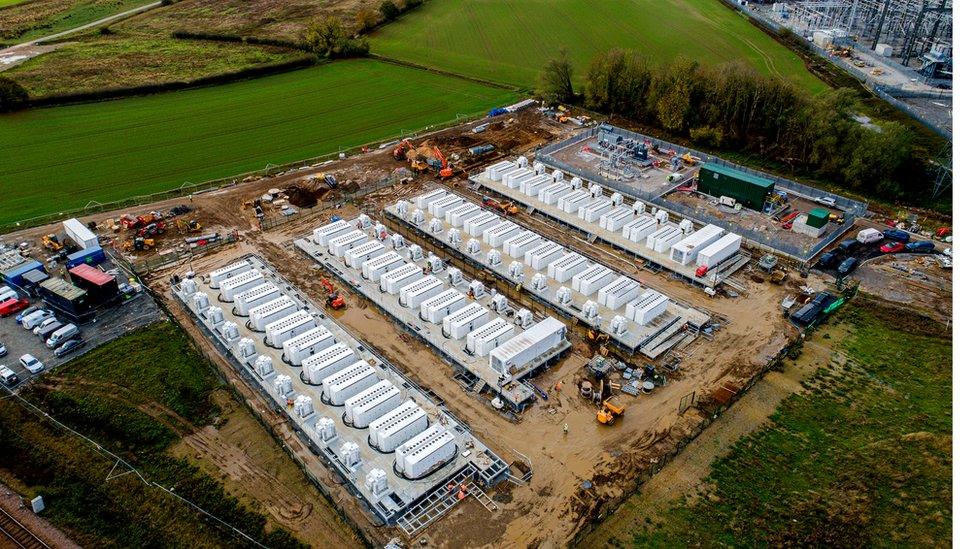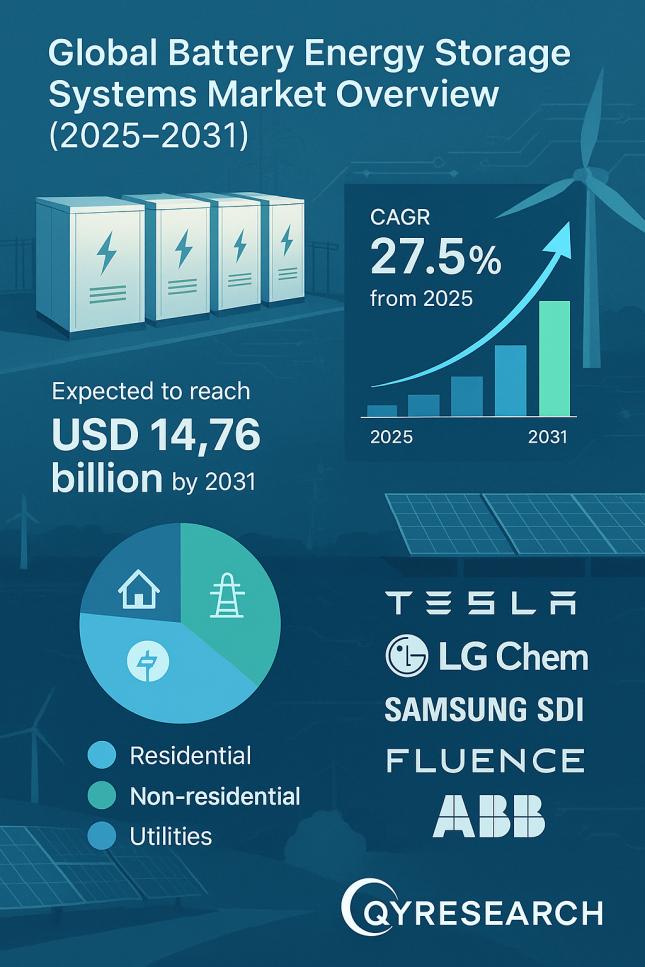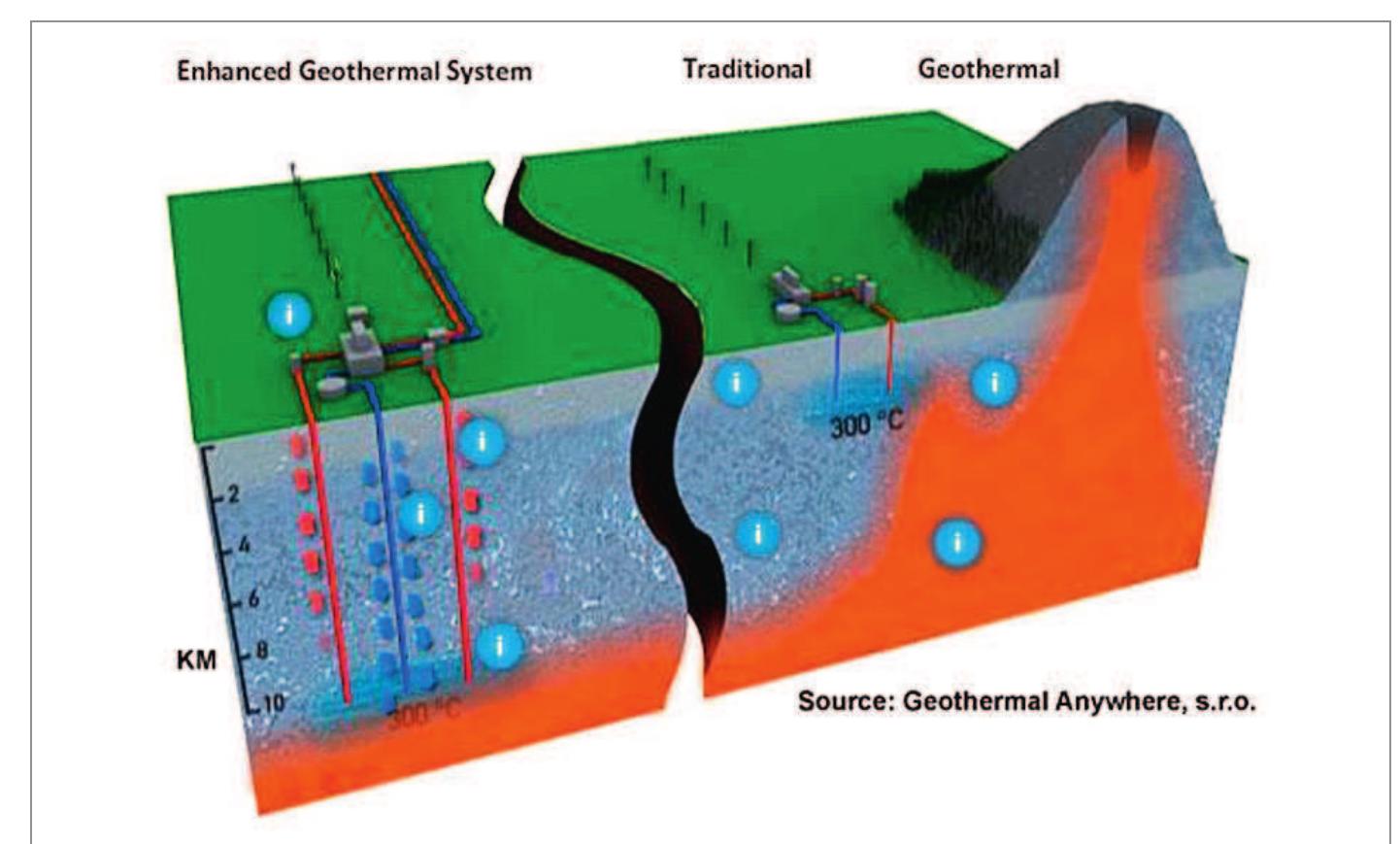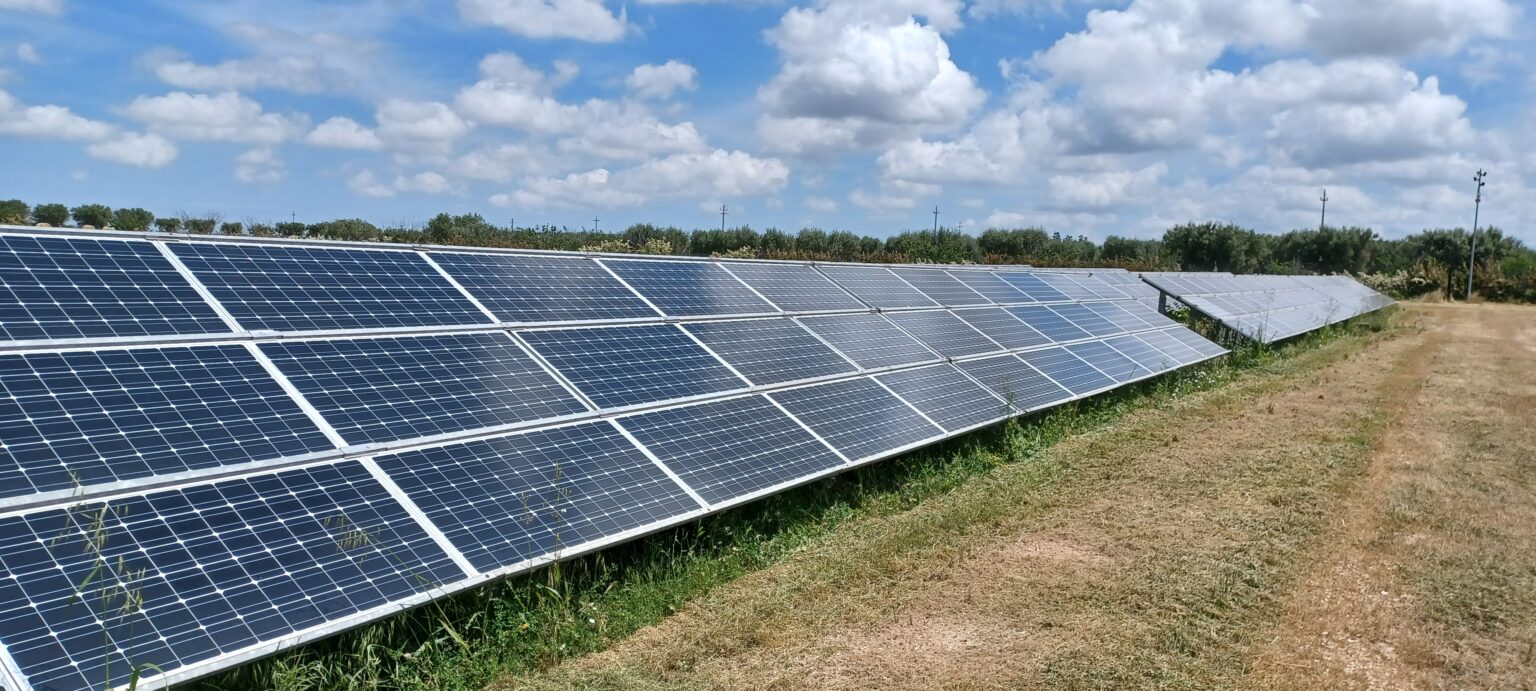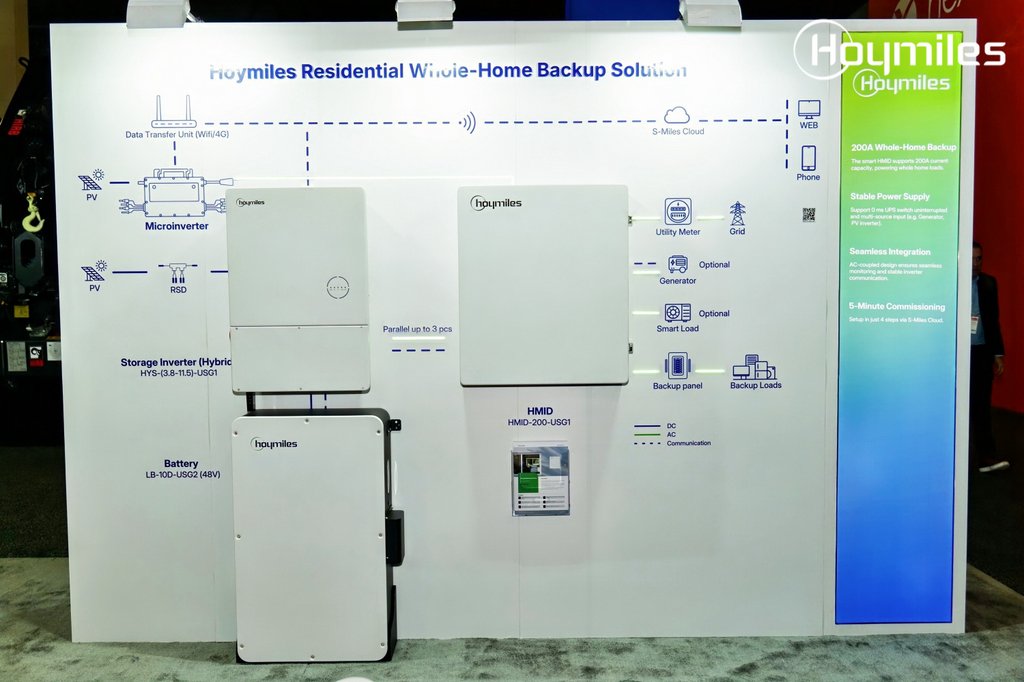Report on the Jackson Fuller Energy Storage Facility and its Contribution to Sustainable Development Goals
1.0 Introduction
Colorado Springs Utilities has announced the commissioning of its inaugural battery energy storage system, the Jackson Fuller Energy Storage Facility. This report details the project’s specifications and analyzes its significant contributions to achieving several United Nations Sustainable Development Goals (SDGs).
- Location: Approximately 16 acres at the Jackson Fuller Energy Substation near Falcon, Colorado.
- Partnership: The facility will be utilized by Colorado Springs Utilities but is owned and operated by the private company Next Era Energy Resources.
- Objective: To enhance energy grid reliability, reduce reliance on fossil fuels, and support the integration of renewable energy sources in alignment with state and global sustainability targets.
2.0 Advancing SDG 7: Affordable and Clean Energy
The facility is a cornerstone in the region’s strategy to ensure access to affordable, reliable, sustainable, and modern energy for all. Its operational model directly supports the targets of SDG 7.
- Clean Energy Integration: The system stores excess energy, often generated from renewable sources, and redeploys it during peak demand. This function is critical for minimizing the use of fossil-fuel-based power plants, thereby increasing the share of renewable energy in the final energy consumption.
- Energy Affordability: By optimizing the use of existing energy assets and reducing the need for expensive peak-power generation, the facility is designed to mitigate rate increases for customers.
- Reliability and Access: The battery system can power approximately 20,000 homes for four hours, significantly improving the reliability of the power supply and ensuring consistent access for the community.
3.0 Contribution to SDG 9: Industry, Innovation, and Infrastructure
The Jackson Fuller facility represents a significant investment in resilient, innovative, and sustainable infrastructure, a key component of SDG 9.
- Innovative Technology: As stated by Jim Shandalov, Vice President of Origination, the batteries will charge and discharge daily, functioning as a large-scale, efficient energy management tool. This technology is a vital innovation for modernizing the energy grid.
- Sustainable Infrastructure: Travas Deal, Chief Executive Officer of Colorado Springs Utilities, noted that battery storage diversifies the utility’s portfolio, allowing for the maximization of all assets to deliver cost-effective and reliable power. This builds a more resilient and sustainable infrastructure for the region.
4.0 Supporting SDG 11: Sustainable Cities and Communities
The project directly enhances the sustainability and safety of Colorado Springs, contributing to the goals of SDG 11 to make cities and human settlements inclusive, safe, resilient, and sustainable.
- Resilient Community Services: By providing a stable and reliable power source, the facility strengthens the resilience of the community against energy disruptions.
- Safety and Planning: In response to inquiries about public safety, officials confirmed that the facility’s design incorporates specific safety protocols. The material and height of the containment walls are engineered to contain potential fires, protecting the adjacent neighborhood and ensuring safe co-existence with the community.
5.0 Commitment to SDG 13: Climate Action
By its very nature, the energy storage system is a tool for climate action, directly supporting SDG 13 by combating climate change and its impacts.
- Reducing Emissions: The primary function of reducing reliance on fossil fuels directly translates to a reduction in greenhouse gas emissions, a critical step in meeting state and national climate goals.
- Enabling Renewable Transition: The facility is a key enabler for a broader transition to renewable energy, as it solves the intermittency challenge associated with sources like solar and wind power.
6.0 Conclusion and Future Development
The Jackson Fuller Energy Storage Facility is a strategic asset that aligns Colorado Springs with a sustainable energy future. It provides a multi-faceted solution that addresses energy affordability, grid reliability, and environmental responsibility. The project operator, Next Era Energy Resources, has indicated a strong commitment to expanding this sustainable infrastructure, with three similar projects already in development in Weld and Pueblo counties and plans for continued investment in battery storage facilities across Colorado.
Analysis of Sustainable Development Goals (SDGs) in the Article
1. Which SDGs are addressed or connected to the issues highlighted in the article?
The article on the Jackson Fuller Energy Storage Facility in Colorado Springs addresses several Sustainable Development Goals (SDGs). The primary connections are to goals concerning energy, infrastructure, sustainable communities, and climate action.
- SDG 7: Affordable and Clean Energy: This is the most prominent SDG in the article. The entire project is centered on creating a new energy solution that is cleaner and more affordable. The article explicitly mentions that the facility will “minimize the use of fossil fuels” and help in “increasing renewable energy,” which are core principles of clean energy. It also aims to “reduc[e] the rate costs for customers,” directly addressing the affordability aspect.
- SDG 9: Industry, Innovation, and Infrastructure: The battery storage system represents a significant investment in modern, sustainable infrastructure. It is an innovative technological solution (“battery is just another type of portfolio we can use”) designed to make the energy grid more resilient and efficient. The construction of a 16-acre facility is a clear example of developing “quality, reliable, sustainable and resilient infrastructure.”
- SDG 11: Sustainable Cities and Communities: The project directly impacts the community of Colorado Springs by providing “more reliable power” to its residents. By reducing reliance on fossil fuels, it helps lower the city’s environmental footprint. Furthermore, the mention of safety measures, such as walls “designed to contain a fire,” relates to making settlements safer and more resilient.
- SDG 13: Climate Action: By enabling greater use of renewable energy and reducing the need for fossil-fuel-based power plants, the project is a direct measure to combat climate change. The article states the facility is a tool to “meet state energy goals by reducing reliance on fossil fuels,” which is a key strategy for climate action.
- SDG 17: Partnerships for the Goals: The article highlights a collaboration between a public entity and a private company. The facility is “used by Colorado Springs Utilities” (a public utility) but is “owned and run by ‘Next Era Energy Resources,’ a private company.” This public-private partnership is essential for funding, developing, and operating such large-scale infrastructure projects.
2. What specific targets under those SDGs can be identified based on the article’s content?
Based on the information provided, several specific SDG targets can be identified:
- Target 7.1: By 2030, ensure universal access to affordable, reliable and modern energy services.
- The article supports this target by stating the facility will supply “more reliable power” and contribute to “reducing the rate costs for customers.”
- Target 7.2: By 2030, increase substantially the share of renewable energy in the global energy mix.
- This is addressed by the facility’s function to store “excess energy” (often generated by intermittent renewables) and the stated goal of “increasing renewable energy.”
- Target 9.1: Develop quality, reliable, sustainable and resilient infrastructure…to support economic development and human well-being.
- The Jackson Fuller Energy Storage Facility is a new piece of “reliable” and “sustainable” energy infrastructure designed to serve the community.
- Target 9.4: By 2030, upgrade infrastructure…with increased resource-use efficiency and greater adoption of clean and environmentally sound technologies.
- The battery system is a “clean” technology that makes the entire energy grid more efficient by storing and redistributing power, thus maximizing the use of existing assets.
- Target 11.6: By 2030, reduce the adverse per capita environmental impact of cities.
- The project contributes to this by helping “minimize the use of fossil fuels,” which reduces air pollution and the carbon footprint of Colorado Springs.
- Target 13.2: Integrate climate change measures into national policies, strategies and planning.
- The article notes that the facility is a tool to “meet state energy goals,” demonstrating the integration of climate-friendly technology into regional planning and strategy.
- Target 17.17: Encourage and promote effective public, public-private and civil society partnerships.
- The operational model where Colorado Springs Utilities uses the facility while Next Era Energy Resources (a private company) owns and runs it is a direct example of a public-private partnership.
3. Are there any indicators mentioned or implied in the article that can be used to measure progress towards the identified targets?
The article provides several quantitative and qualitative indicators that can be used to measure progress:
- For Target 7.1 & 7.2: The storage capacity is a key indicator. The article specifies that the facility “can store enough energy to power about 20,000 houses for four hours.” This is a direct measure of the system’s contribution to energy reliability and its capacity to integrate renewables.
- For Target 9.1: The physical size of the infrastructure (“approximately 16 acres”) and the number of similar projects (“three battery source projects in Weld County and Pueblo County”) serve as indicators of investment in and development of this type of sustainable infrastructure.
- For Target 11.6 & 13.2: The primary indicator is the reduction in fossil fuel use. While not quantified in the article, the stated goal to “minimize the use of fossil fuels” implies that a key metric for success will be the measured decrease in fossil fuel consumption for power generation in the region.
- For Target 17.17: The existence of the formal agreement between Colorado Springs Utilities and Next Era Energy Resources is itself an indicator of a functioning public-private partnership. The plan to “continue developing battery storage facilities” under this or similar models indicates the success and intended replication of this partnership strategy.
4. Summary Table of SDGs, Targets, and Indicators
| SDGs | Targets | Indicators Identified in the Article |
|---|---|---|
| SDG 7: Affordable and Clean Energy | 7.1: Ensure access to affordable, reliable, modern energy. 7.2: Increase the share of renewable energy. |
– Facility can power 20,000 houses for four hours. – Stated goal to reduce rate costs for customers. – Stated goal to increase renewable energy and minimize fossil fuels. |
| SDG 9: Industry, Innovation and Infrastructure | 9.1: Develop quality, reliable, sustainable infrastructure. 9.4: Upgrade infrastructure with clean technologies. |
– A new 16-acre energy storage facility. – Use of battery storage as a clean and innovative technology. – Development of similar projects in other counties. |
| SDG 11: Sustainable Cities and Communities | 11.6: Reduce the adverse per capita environmental impact of cities. | – Provision of reliable power to a city (Colorado Springs). – Reduction of fossil fuel reliance for the community. – Inclusion of safety measures (fire containment walls). |
| SDG 13: Climate Action | 13.2: Integrate climate change measures into policies and planning. | – Project helps meet state energy goals. – Direct action to reduce reliance on fossil fuels. |
| SDG 17: Partnerships for the Goals | 17.17: Encourage effective public-private partnerships. | – Formal partnership between Colorado Springs Utilities (public) and Next Era Energy Resources (private). |
Source: krdo.com
